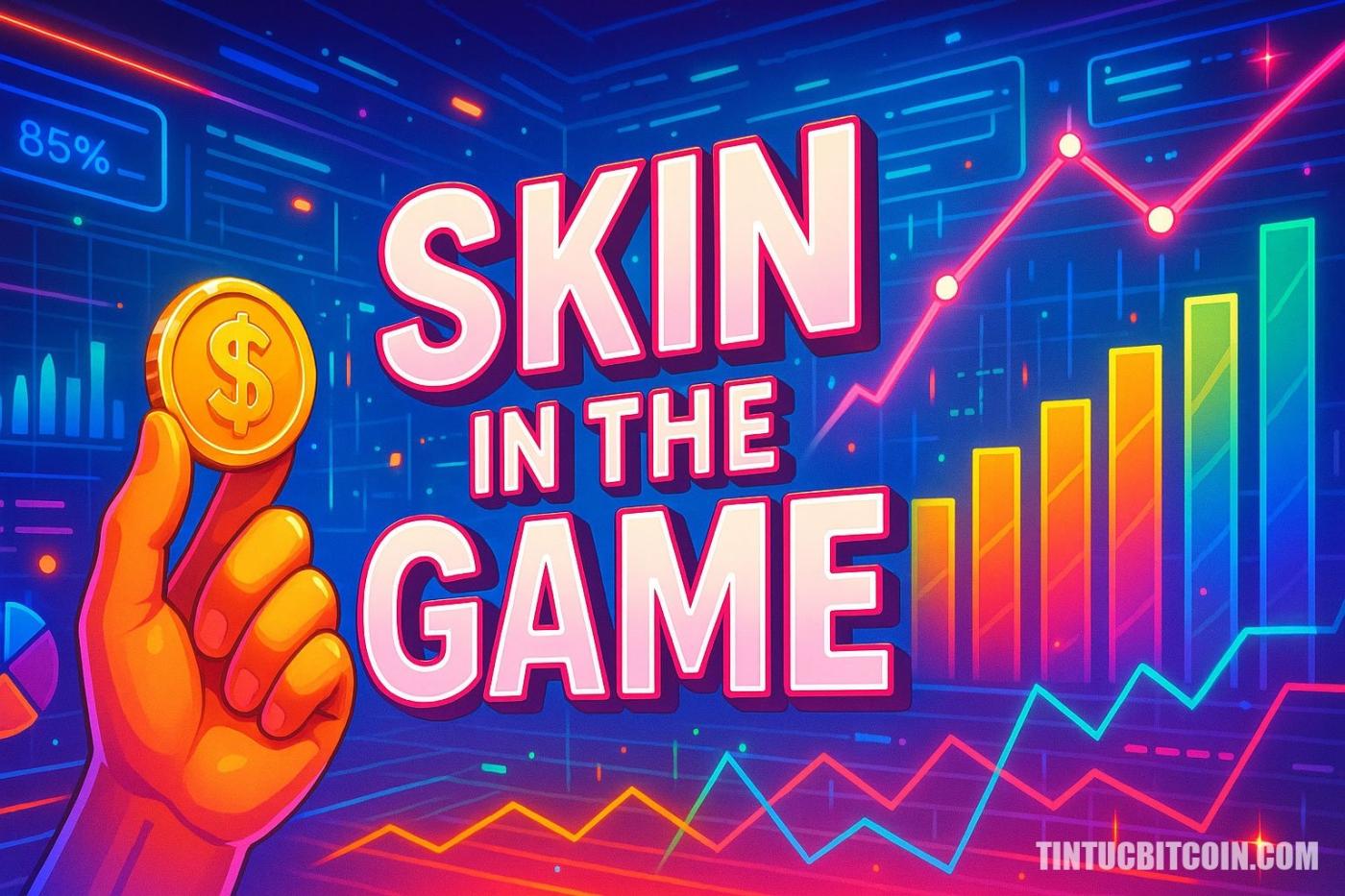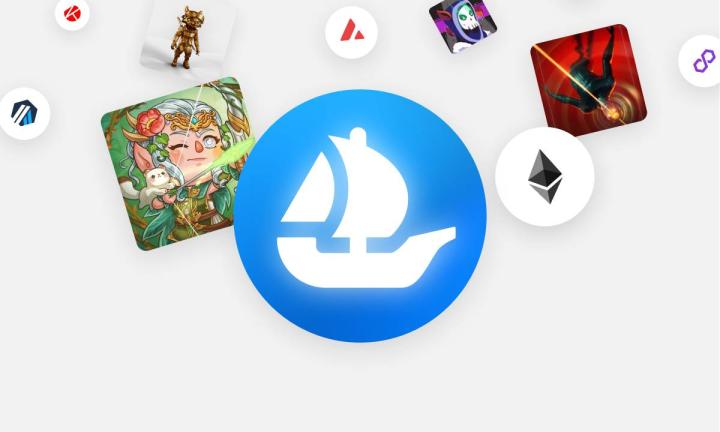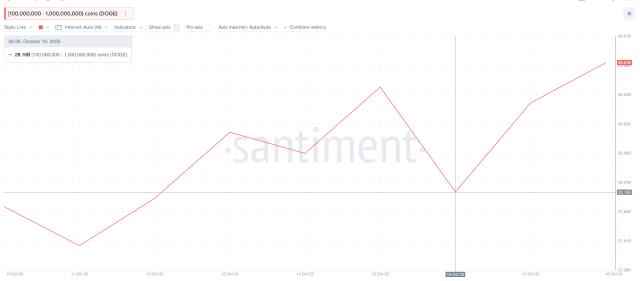
“Skin in the Game” is a principle that demonstrates true commitment when an individual is willing to put personal assets or interests at risk to achieve a reward, rather than just standing on the sidelines or “talking the talk.”
In DeFi, “Skin in the Game” is understood as users directly investing their assets in activities such as providing liquidation, yield farming, lending or Staking to contribute to the operation and development of the ecosystem, while earning real profits.
What is “Skin in the Game”?
The concept of “Skin in the Game” was popularized by Nassim Nicholas Taleb, which refers to the fact that participants must have “skin” in the game – that is, take real risks to get real rewards.
In traditional finance, this is demonstrated by the CEO investing his own money in company stock to demonstrate confidence.
In DeFi , this action is when users invest their own assets into the protocol, thereby supporting the ecosystem to operate and earn profits.
“If you don't take risks, you have no right to rewards.”
— Nassim Nicholas Taleb, author of “Skin in the Game,” 2018
Why is “Skin in the Game” important in DeFi?
DeFi operates without intermediaries, users are the "fuel" that helps the ecosystem grow through providing liquidation, lending or Staking.
Users putting real Capital into the system creates a beneficial bond between them and the project. When the project is successful, both parties benefit.
Staking AAVE Token on AAVE both yields interest and allows users to participate in governance – a clear demonstration of the “Skin in the Game” principle.
“DeFi can only develop sustainably when users truly accompany and Chia risks with the project.”
— Stani Kulechov, CEO AAVE, 2024 (source: Messari Report)
According to market data from BingX , the “Skin in the Game” trend is becoming more widely adopted as more users actively Stake and provide liquidation instead of just short-term trading.
Platforms like BingX are also expanding Staking and copy-trade tools to help investors both profit and demonstrate a real commitment to the DeFi market.
DeFi Activities Show “Skin in the Game”
Liquidation
Users deposit Token into the pool (e.g. ETH/ USDC on Uniswap) to facilitate trading, in return receiving trading fees (0.05%–1%). This is the most popular form of participating in “Skin in the Game”.
For example, depositing 1 ETH and 4,100 USDC into the Uniswap V3 pool increases liquidation, reduces slippage, and earns you 0.3% in fees per trade. This not only generates passive income but also helps the protocol run more efficiently.
Yield Farming
Yield farming is the practice of Token Lockup into a protocol to receive rewards, usually Governance Token . For example, deposit USDC and Dai into Curve 3pool to receive CRV Token and 5–50% APY returns.
This action reduces the circulating supply and maintains liquidation for the project. Users enjoy high returns, and the protocol maintains long-term appeal in the DeFi market.
“Yield farming turns users into real shareholders of DeFi – they share the risks and share the rewards.”
— André Cronje, founder of Yearn Finance, 2023
Lending
Users deposit Token into protocols like AAVE to lend to others and earn 2–10% APY. This is a safer form of “Skin in the Game” because it is less affected by price fluctuations.
For example, depositing 1,000 USDT on AAVE earns you 3–5% interest per year and bonus AAVE Token . This helps the protocol increase TVL and expand borrowing capacity.
Staking
Staking is Token Lockup to secure the network or participate in governance. When Stake 1 ETH on Lido , you receive stETH and about 4% APY. This is a great example of supporting the ecosystem while getting rewarded.
For projects, Staking strengthens network security and fosters community engagement. For users, it is a way to both generate profits and demonstrate commitment to the project.
Benefits and Risks of “Skin in the Game”
Benefit
Participants can earn passive income through transaction fees, Token rewards or higher interest rates than traditional finance.
For example, providing liquidation on PancakeSwap can yield 10–20% APY.
For the project, community participation increases liquidation, strengthens trust, and helps the protocol grow sustainably.
Curve Finance sees TVL increasing from $10 billion (2024) to $15 billion (2025) thanks to active users “skin in the game”.
Risk
The main risks include impermanent loss, smart contract Impermanent Loss, and reward Token price fluctuations.
For example, when ETH rises from $4,500 to $5,000, LPs in the ETH/ USDC pool may lose money compared to just holding ETH.
To reduce risk, choose an audited protocol with high TVL and transparent governance. Reasonable Capital allocation helps balance profit and safety.
“Auditing and transparency are the foundation for users to dare to put their 'skin' in the game.”
— CertiK Audit Report, 2025
How to Practice “Skin in the Game” in DeFi
Step 1: Choose a reputable protocol
Prioritize audited platforms like Uniswap, AAVE, Curve, Lido. For example, AAVE is audited by CertiK and has a TVL of over $20 billion (2025). Study the whitepaper, GitHub activity, and community review before investing.
Step 2: Assess the risks and rewards
Compare APY, impermanent loss risk, and stability. The stablecoin pool (USDC/ Dai) on Curve has a 5–8% APY with low risk, while the ETH/ BTC pool on Uniswap offers a 10–20% APY but with higher risk.
Step 3: Ape-in
Use a wallet like MetaMask or Coin98 to connect to the protocol and provide liquidation. For example, add 0.1 ETH and 450 USDC to the ETH/ USDC pool on Uniswap V3 to receive LP Token and trading fees. Similarly, Stake ETH on Lido to receive stETH.
Step 4: Manage and optimize profits
Track your investment performance using Zapper or defillama . Reward Token like CRV can be reinvested to increase your profits or Capital during market volatility. Use a Cold Storage like Ledger or Trezor to keep your assets safe.
Frequently Asked Questions
1. Is “Skin in the Game” mandatory in DeFi ?
Not required, but key to building trust and maintaining sustainable project development.
2. Is providing liquidation safe?
It is relatively safe to choose stablecoin pools, but there is still the risk of impermanent loss and smart contracts.
3. How to reduce the risk of “Skin in the Game”?
Choose audited protocols, allocate Capital wisely, and closely monitor investment performance through tools like defillama.
4. Is Staking more profitable than yield farming ?
Staking is more stable, but yield farming can be more profitable if you choose the right timing and protocol.
5. Should you “Skin in the Game” when the market is volatile?
Yes, if you understand the risks and choose a strong protocol, as volatility also opens up opportunities for high profits.






